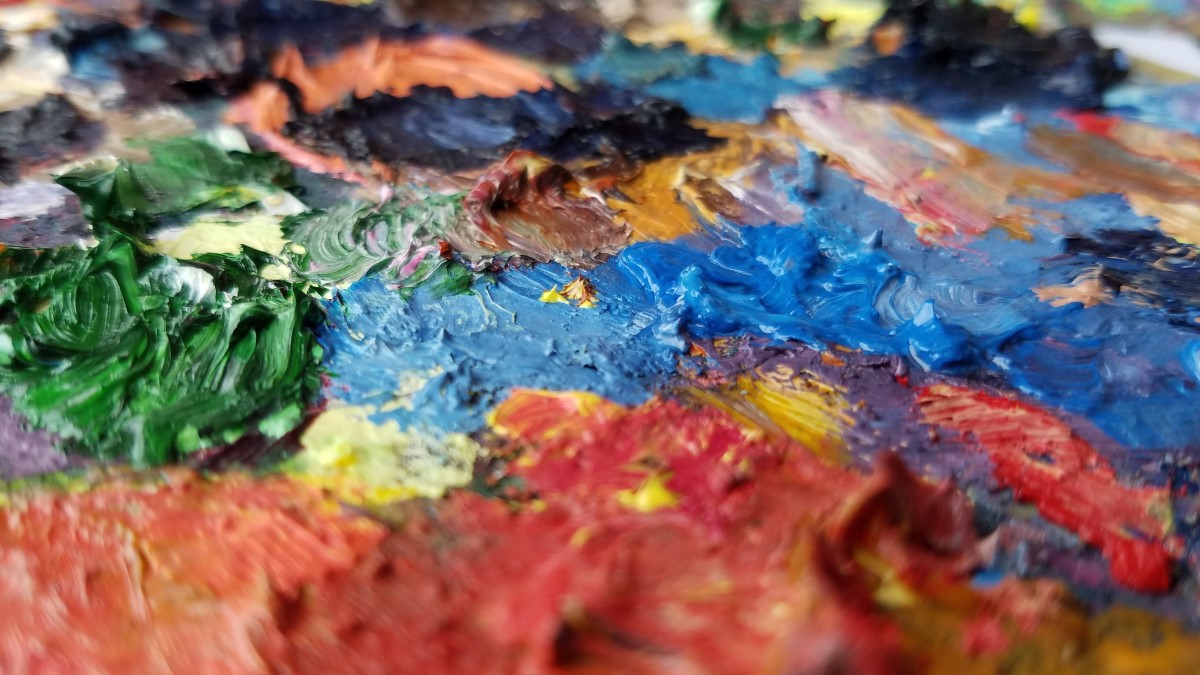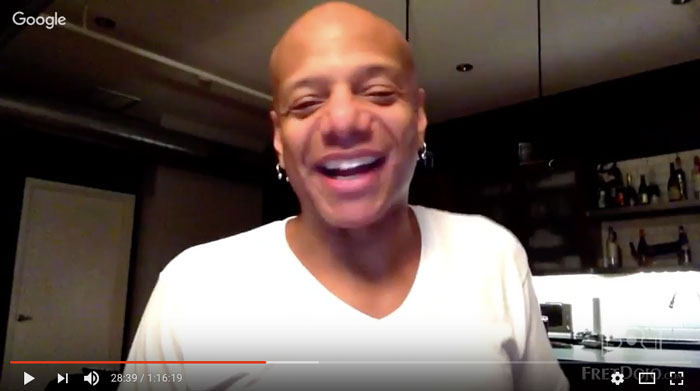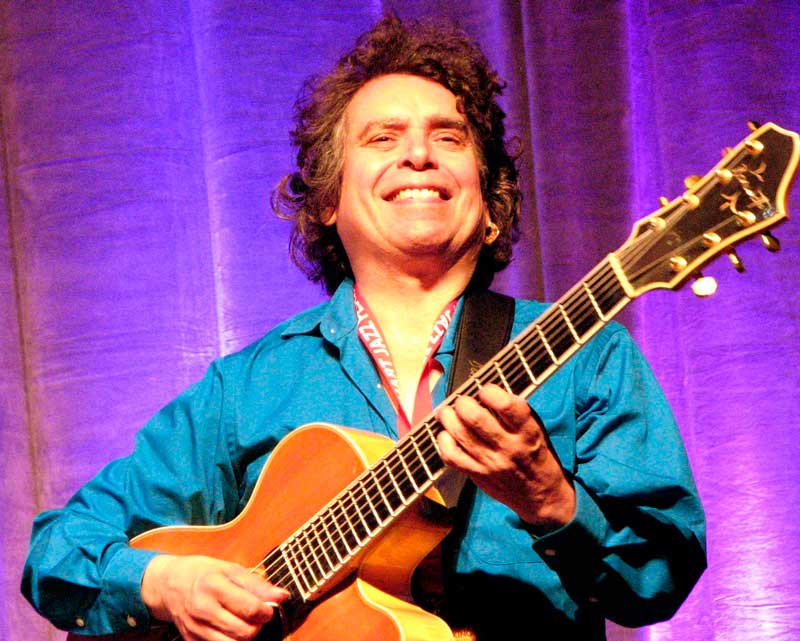
Podcast: Play in new window | Download (Duration: 15:17 — 14.0MB)
Get Notified Of Future Episodes Apple Podcasts | Spotify | TuneIn | RSS | More
One of the biggest questions my readers write in about is:
“Should I be using modes when improvising on jazz guitar?”
The answer is:
It depends.
But, most likely there is a more effective approach for jazz guitar improvisation, using arpeggios and chord tones as a basis.
Check out the podcast above which will reveal the reasons why.


Awesome Greg! Glad to hear I’m not nuts for preferring arpeggios for soloing. I started my musical journey as a bassist so I just thought that’s why arpeggios came more naturally, it’s like all the best notes are just sitting there waiting to be played….and the chords can be going by pretty fast.
Threes and sevens!
Don
Greg, this is fantastic. I’ve been reading Mark Levine’s Jazz Theory book, and while it’s excellent and I have no trouble following the logic, it doesn’t help me play at all. I get it that the basis for chord-scale theory is the “avoid” notes in the different modes (logical), I was really wondering how anyone could possibly be thinking about different modes over every single rapidly changing chord. Your examples of approaching the note from below or above and using enclosures did more for my playing than months of studying chord-scale theory.